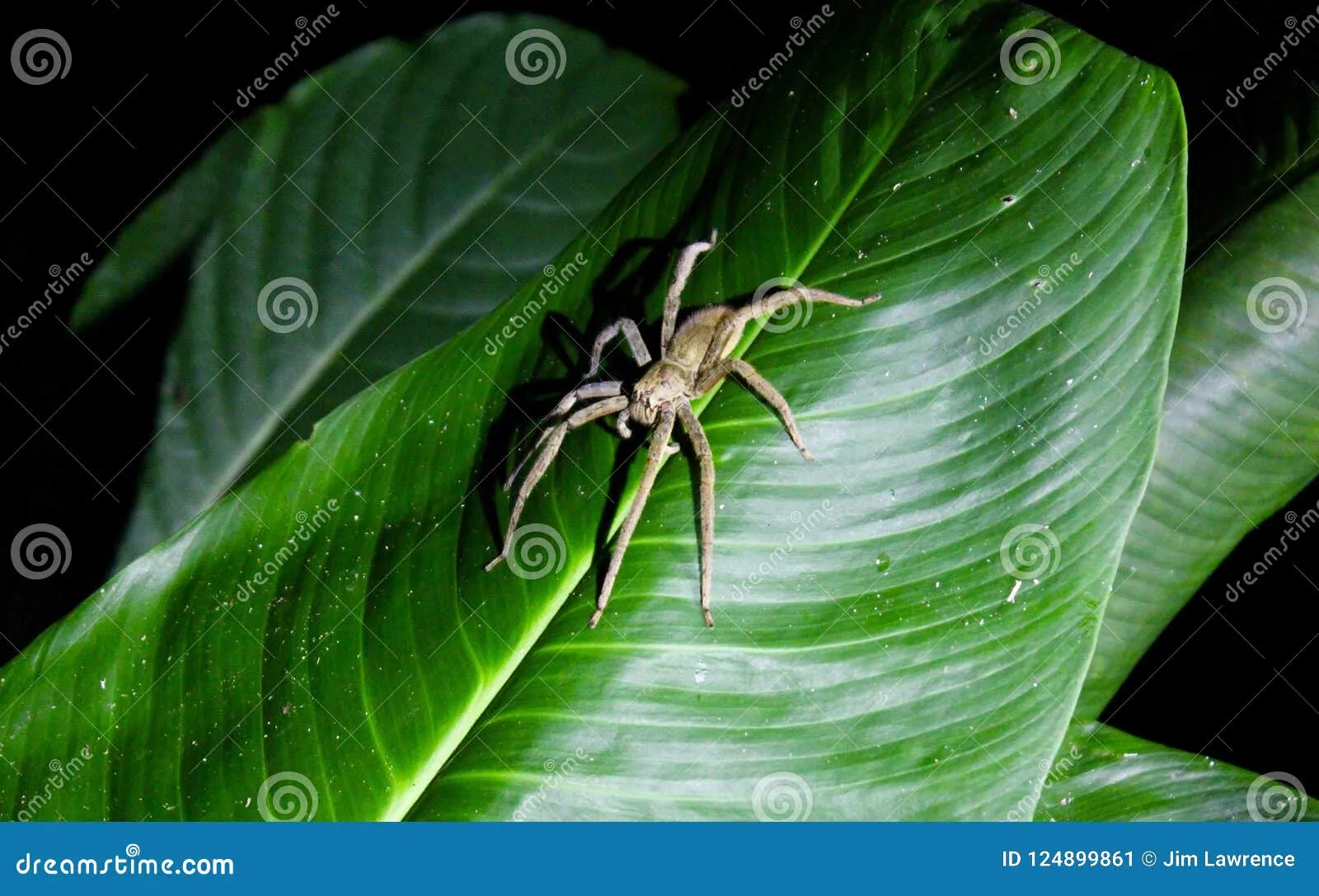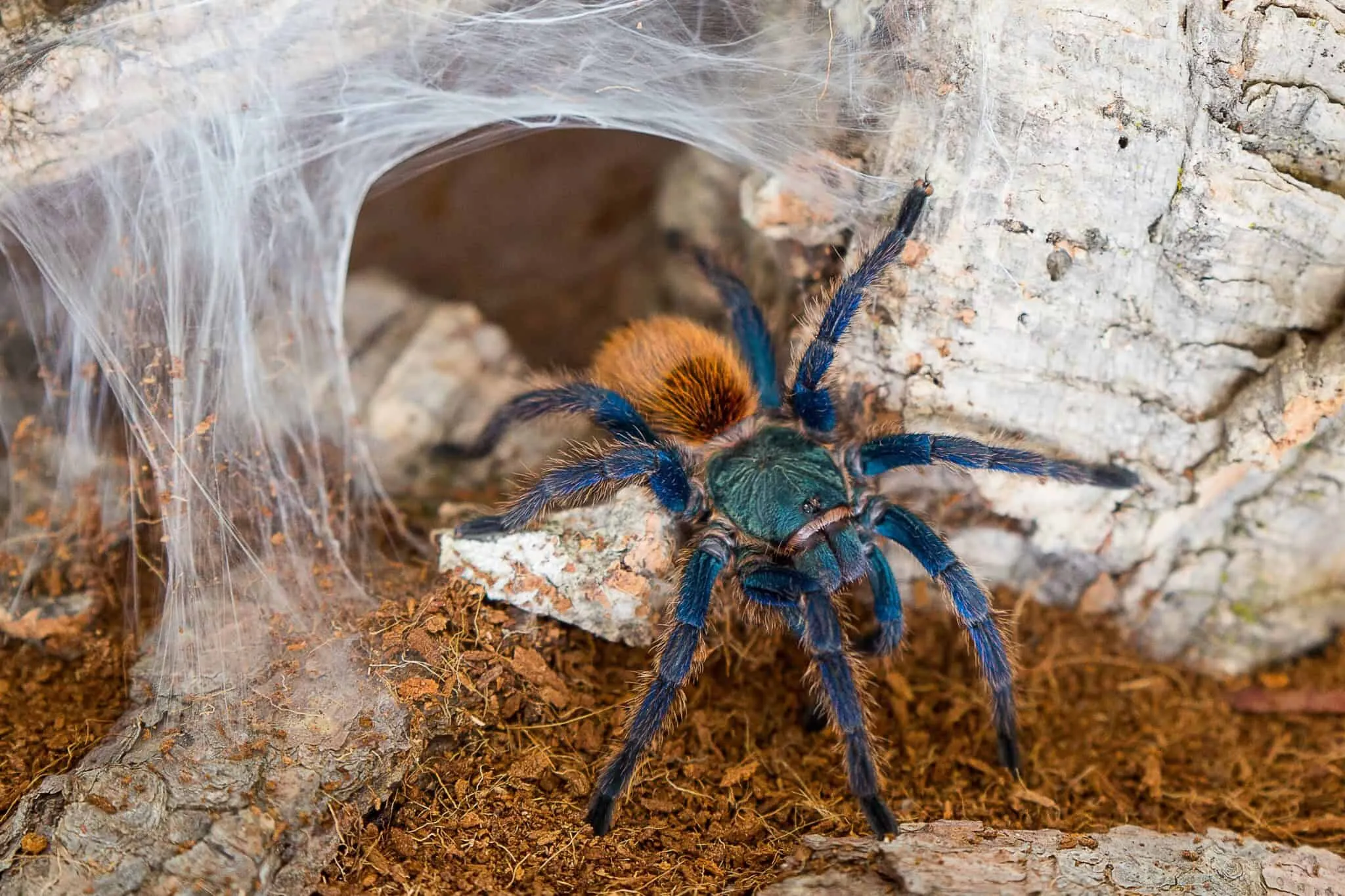The World of Venomous Tarantulas
Tarantulas, with their impressive size and often intimidating appearance, are a fascinating group of spiders. While the vast majority of tarantulas possess venom, the potency and effects vary considerably between species. This article delves into the captivating world of venomous tarantulas, exploring key facts about their venom, behavior, and safety precautions. Understanding these creatures is crucial for anyone who encounters them, whether in the wild or as a pet. We will clarify common misconceptions and provide accurate information to ensure your safety and appreciation for these amazing arachnids. The study of tarantulas also provides valuable insights into the broader field of toxicology and the evolution of venom.
What Makes a Tarantula Venomous
Venom is a complex mixture of proteins, enzymes, and other compounds that tarantulas inject into their prey or, in some cases, into a perceived threat. This venom serves multiple purposes, primarily to immobilize prey and initiate the digestive process. The venom glands are located in the chelicerae, the fangs of the tarantula. When a tarantula bites, it injects this venom through the fangs into the target. The composition of tarantula venom is species-specific, meaning that the exact toxins and their effects can vary significantly from one species to another. This is one of the reasons it is difficult to generalize about all tarantulas. Venom composition may be influenced by the tarantula’s diet, environment, and genetic factors.
How Tarantula Venom Works

Tarantula venom contains a variety of toxins that affect the nervous system, muscles, and other bodily functions of their prey. The venom often contains neurotoxins, which disrupt the transmission of nerve impulses, leading to paralysis. Other components may break down tissues, aiding in pre-digestion of the prey. The effects of a tarantula bite on humans usually range from mild to moderate, with symptoms such as localized pain, redness, swelling, and itching. However, severe reactions are rare. The severity of the reaction depends on the amount of venom injected, the individual’s sensitivity, and the specific toxins present in the venom of that particular species. There is ongoing research into tarantula venom, with the potential for developing new medications based on the unique properties of their toxins.
Top 7 Facts About Venomous Tarantulas
Fact 1 Location & Habitat
Venomous tarantulas can be found in various habitats around the world, primarily in tropical and subtropical regions. These spiders thrive in environments that provide suitable shelter, food, and humidity. Habitats range from rainforests and grasslands to deserts and mountainous areas. Different species have adapted to specific ecological niches, influencing their behavior and venom composition. Some tarantulas are terrestrial, living in burrows in the ground, while others are arboreal, residing in trees. Understanding the habitat of a specific tarantula species can help you predict its potential presence and behavior, crucial for safety precautions. The diverse habitats showcase the adaptability and resilience of these fascinating creatures.
Fact 2 Identifying Venomous Species

Identifying venomous tarantula species can be a complex task, as appearance alone may not be sufficient. Key characteristics to consider include the spider’s size, coloration, hair type, and the presence of urticating hairs. Researching the specific species found in your region is crucial for accurate identification. Consult field guides, online resources, and expert opinions for reliable information. Be aware that some tarantulas may exhibit defensive behaviors such as raising their front legs, exposing their fangs, and rubbing their legs together to flick urticating hairs. When in doubt, it’s always best to assume caution. If you encounter a tarantula, observe it from a safe distance and avoid any attempts to handle or provoke it.
Fact 3 Venom Effects on Humans
The effects of a tarantula bite on humans vary depending on the species and individual sensitivity. Common symptoms include localized pain, redness, swelling, itching, and muscle cramps. In rare cases, more severe reactions such as nausea, vomiting, and difficulty breathing may occur. Most tarantula bites are not life-threatening to humans, but they can cause significant discomfort. The severity of the symptoms often depends on the amount of venom injected and the person’s allergic reaction. It is important to remain calm and seek medical attention if you experience severe symptoms after a bite. Knowing the potential effects allows you to respond appropriately and seek necessary medical care.
Fact 4 Bites First Aid
If bitten by a tarantula, the first step is to remain calm and move away from the area to avoid further bites. Clean the bite area gently with soap and water. Apply a cold compress to reduce pain and swelling. Elevate the affected limb to minimize swelling. Monitor the symptoms closely and seek medical attention if you experience any severe reactions, such as difficulty breathing, dizziness, or persistent pain. Provide the medical professionals with as much information as possible about the tarantula species, if known. Following these first-aid steps will help you respond to the bite effectively, minimizing discomfort and preventing further complications. Prompt medical attention can also help manage any potential adverse reactions.
Fact 5 Common Myths

There are many myths surrounding tarantulas, including the idea that all tarantulas are highly dangerous or that their bites are always deadly. In reality, most tarantula bites are not life-threatening to humans, and the effects are generally limited to localized symptoms. Another common myth is that tarantulas are aggressive and will attack humans on sight. In most cases, tarantulas are more likely to flee than to attack. They will only bite as a defensive measure if they feel threatened. Debunking these myths is essential for promoting a more accurate understanding of tarantulas and reducing unnecessary fear. By educating ourselves and others, we can appreciate these creatures more and interact with them safely.
Fact 6 Handling and Safety
Handling tarantulas should be approached with caution, and only if you have prior experience and knowledge about the specific species. Always wear gloves and protective clothing to minimize the risk of being bitten or exposed to urticating hairs. Avoid handling tarantulas unless it is absolutely necessary. If you must handle a tarantula, do so gently and slowly, avoiding any sudden movements. Be aware of the tarantula’s behavior and body language, and be prepared to put it back in its enclosure if it shows signs of distress. Safe handling practices help protect you from potential bites and ensure the well-being of the tarantula. Always prioritize safety and responsible pet ownership.
Fact 7 Interesting Behaviors
Tarantulas exhibit a variety of fascinating behaviors, from their hunting strategies to their mating rituals. Many species are nocturnal hunters, ambushing their prey in the dark. Others build elaborate burrows or webs to catch their food. Mating rituals often involve complex displays, where the male tarantula must approach the female cautiously to avoid being eaten. Tarantulas also molt, shedding their exoskeletons to grow and regenerate damaged limbs. Observing these behaviors provides insight into their unique adaptations and life cycles. Their diverse behaviors make them an intriguing subject for scientific study and a source of wonder for enthusiasts around the world.
Safety and Prevention

Minimizing Bite Risks
The best way to minimize the risk of a tarantula bite is to avoid handling them and to be aware of their presence in your environment. Wear appropriate protective gear such as gloves and long sleeves, when working in areas where tarantulas may be present. Do not provoke or harass tarantulas, as they will only bite in self-defense. Keep a safe distance and allow them to move away if you encounter one. Children should be educated about the dangers of tarantulas and supervised when they are in areas where tarantulas may be found. Preventive measures help to promote safety and reduce the risk of unwanted interactions. Regular inspections of your property can also help identify potential tarantula habitats.
First Aid and Emergency Procedures
In the event of a tarantula bite, seek medical attention promptly if you experience any severe symptoms. If possible, try to identify the species of tarantula to provide the medical professionals with as much information as possible about the specific type of venom involved. Follow the first-aid steps, including cleaning the bite area, applying a cold compress, and elevating the affected limb. Keep a record of any symptoms you experience and report them to your doctor. Having access to emergency medical services and knowing first-aid procedures will help you manage the situation effectively. Proper preparedness is key to handling any potential encounter with venomous tarantulas and ensure your safety.
Conclusion

Venomous tarantulas are remarkable creatures that inhabit various environments around the world. Understanding their behavior, venom, and potential risks is crucial for ensuring safety and appreciation for these arachnids. By learning about tarantula habitats, identifying venomous species, and practicing safe handling techniques, we can minimize the chances of being bitten and react appropriately should a bite occur. While the fear of tarantulas may be natural, it is important to remember that most bites are not life-threatening. By dispelling myths and practicing awareness, we can foster a more informed perspective on these fascinating creatures.
